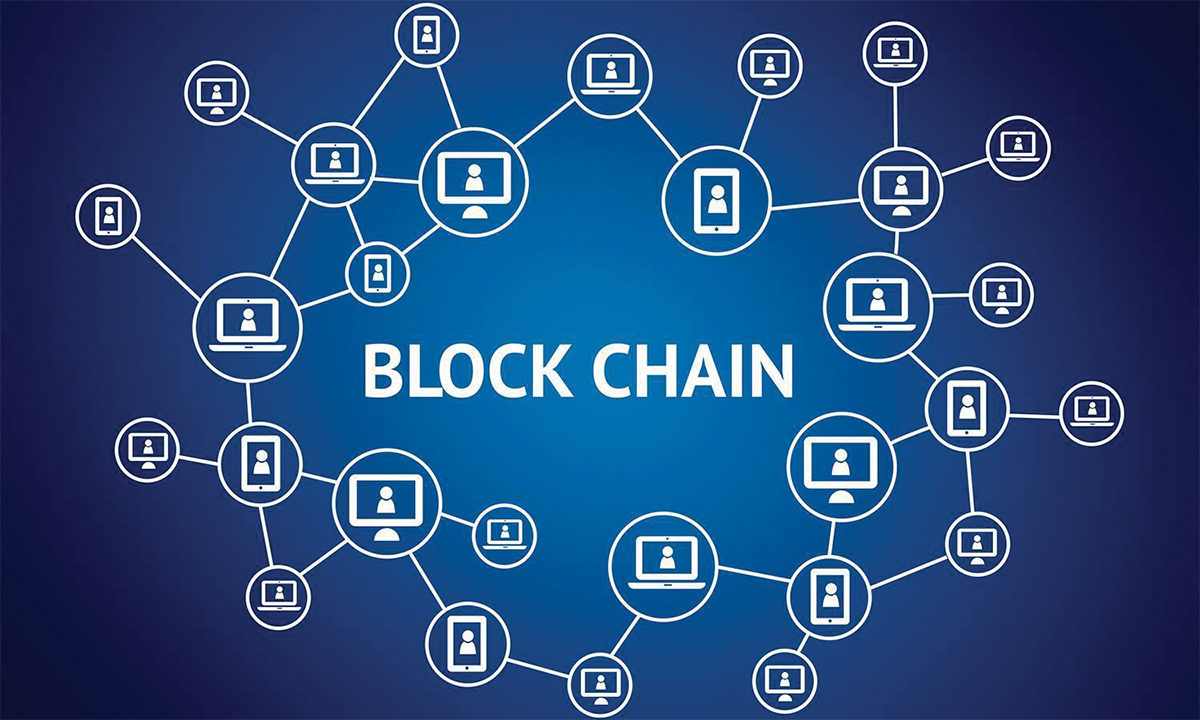A blockchain is a growing list of records, called blocks, that are securely linked together using cryptography. Each block contains a cryptographic hash of the previous block, a timestamp, and transaction data. Blockchains are typically managed by a peer-to-peer network for use as a publicly distributed ledger, where nodes collectively adhere to a protocol to communicate and validate new blocks. Although blockchain records are not unalterable as forks are possible, blockchains may be considered secure by design and exemplify a distributed computing system with high Byzantine fault tolerance.
Outline of Project
- Define the characteristics of underlying blockchain.
- Use a Flask implementation to imitate transaction, mining and all other cryptocurrency behaviors.
- Play around with the implementation by creating multiple instances (nodes) using the same blockchain Definition.
├── Transaction/ Empty directory to play around and understand transaction of C-coins
├── Defining Blockchain and C-coin.py Code and Definition of Blockchain with which you can trade C-Coins
- Postman
- Any Web Browser
-
Strong Idea of how a blockchain functions and its behaviors
-
Python OOPs Knowledge
-
Very basic understanding of git and github:
- What are repositories (local - remote - upstream), issues, pull requests
- How to clone a repository, how to fork a repository, how to set upstreams
- Adding, committing, pulling, pushing changes to remote repositories.
Clone the project
git clone https://github.com/DSCKGEC/C-Coin.gitGo to the project directory
cd C-CoinTo run this:
pip install DateTime
pip install hashlib
pip install Flask
pip install requests
pip install uuid
pip install urllib3Please read contributing.md for details on our code of conduct, and the process for submitting pull requests to us.
This project is licensed under the MIT License - see the LICENSE file for details.




